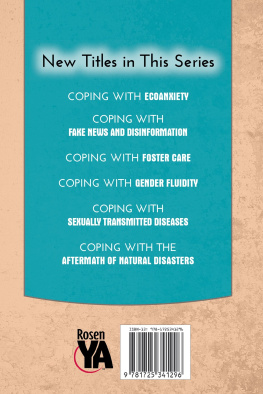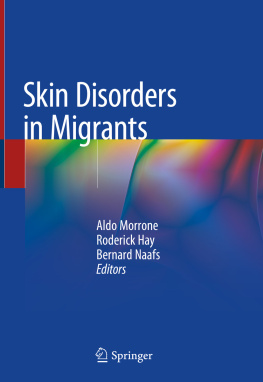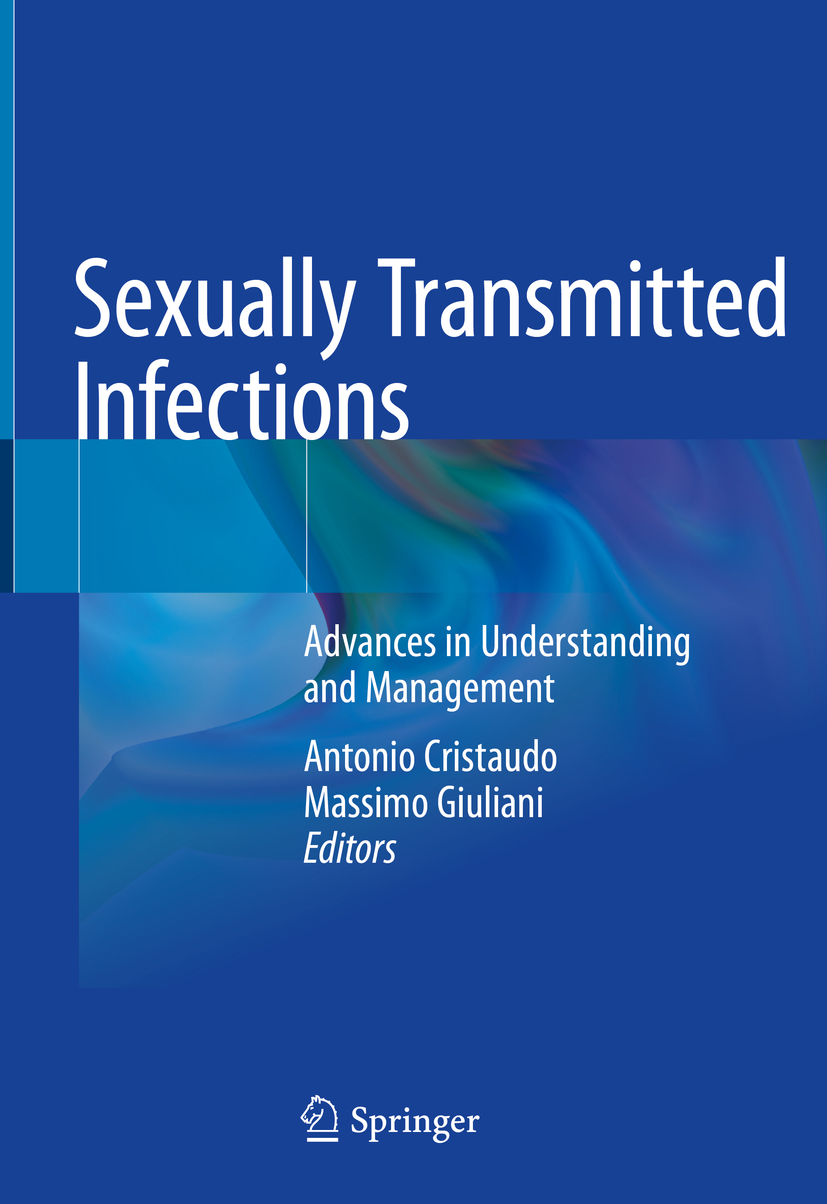Editors
Antonio Cristaudo
STI/HIV Unit, San Gallicano Dermatological Institute, IRCCS, Rome, Italy
Massimo Giuliani
STI/HIV Unit, San Gallicano Dermatological Institute, IRCCS, Rome, Italy
ISBN 978-3-030-02199-3 e-ISBN 978-3-030-02200-6
https://doi.org/10.1007/978-3-030-02200-6
Springer Nature Switzerland AG 2020
This work is subject to copyright. All rights are reserved by the Publisher, whether the whole or part of the material is concerned, specifically the rights of translation, reprinting, reuse of illustrations, recitation, broadcasting, reproduction on microfilms or in any other physical way, and transmission or information storage and retrieval, electronic adaptation, computer software, or by similar or dissimilar methodology now known or hereafter developed.
The use of general descriptive names, registered names, trademarks, service marks, etc. in this publication does not imply, even in the absence of a specific statement, that such names are exempt from the relevant protective laws and regulations and therefore free for general use.
The publisher, the authors and the editors are safe to assume that the advice and information in this book are believed to be true and accurate at the date of publication. Neither the publisher nor the authors or the editors give a warranty, express or implied, with respect to the material contained herein or for any errors or omissions that may have been made.
This Springer imprint is published by the registered company Springer Nature Switzerland AG
The registered company address is: Gewerbestrasse 11, 6330 Cham, Switzerland
Preface
The decision today to edit a handbook on Sexually Transmitted Infection (STI) is a difficult one, mainly due to the complexity of this field and to the growing challenges arising from this wide spectrum of infections for clinicians, researchers, and public health authorities after the year 2000.
STIs remain a global health priority because of their dramatic impact on women and infants and their well-documented biological and epidemiological inter-relationships with HIV infection. The health complications which arise from STIs represent relevant causes of morbidity and mortality for a large part of the planets population and a main source of spending health financial resources in high-income countries. WHO and UNAIDS have estimated that nearly one million people become infected every day with a bacterial STI and that about 750 million people live with a viral STI such as HIV, HSV, or HPV infection.
Clearly, STIs disproportionately affect low-income and middle-income countries, but since 2000 there has been a disturbing resurgence in Western countries with higher incidence rates in most vulnerable groups, coupled with declining susceptibility or outright resistance of some STI pathogens to large-use antimicrobial agents.
Despite their high global impact, STIs remain a neglected field for clinical and public health practice and for research, and many issues are still incomplete, with several questions unanswered, particularly in the area of basic research and of the behavioral key drivers.
For all these reasons, even though other comprehensive texts and e-publications about STI have already been accessed by many specialists in this field, we have accepted the challenge to design a handbook which focuses on some of the high-priority contents that now concern the STI field. This approach has forced us to make specific choices for building a text based on some selected issues concerning the modern STIs, such as; the novel epidemiology, the challenges of prevention and of basic research and the new clinical aspects for many of the infections.
Thus, the book cannot be considered a typical STI handbook because it is not a complete guide regarding STI, but a streamlined text that tries to enhance knowledge about some selected contents which are proving to be the most decisive for modern STI control.
Naturally, we could not have done all this by ourselves and without the close cooperation of a panel of international experts who agreed with us to take on this challenge. We are honored and proud to have received their precious dedication. We would like to express our gratitude for their efforts, support for our ideas about the framework of the opera, and the sacrifice of their valuable time. Additional thanks go to the contributors who have enriched the texts with graphics, tables, and algorithms and donated color photographs to improve the didactic value of the texts.
We would like also to thank the Editorial Team at Springer Medical Editions for their assistance and support in the finalization of the different chapters and for the autonomy of decision they granted us as Editors concerning the contents, form, and collaborations. In particular, our special thanks go to Dr. Juliette Kleemann for her trust, her assistance, and precious advice and to Beauty Christobel Gunasekaran who provided support in all the phases of collection, revision, and management of the published materials.
We hope, together with all the contributors, that we have produced a useful text for all those who today are engaged or interested in the study of modern Venereology.
Happy reading to all!
Antonio Cristaudo
Massimo Giuliani
Rome, Italy














